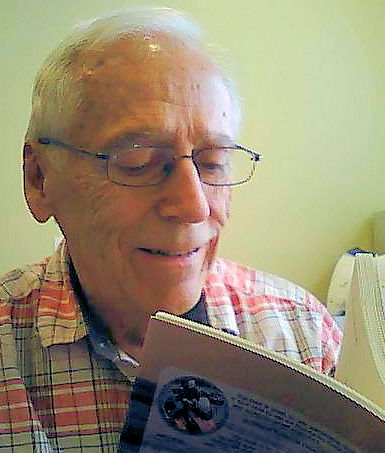Indian Motorcycles Part 1: The Early Years Part 1 of this article discusses the founding and early growth of the Indian Motocycle Company. Note the spelling here of "motocycle" instead of "motorcycle." The term "motocycle" was an archaic word used in the nineteenth century to denote any horseless carriage. Indian wanted to distinguish itself from the competition by using the older word. Part 2 of this article describes the long running Battle with Harley-Davidson as two American motorcycle camps were formed. Part 3 of this article discusses the re-emergence of the New Indian Motorcycle Corporation after a 47 year absence from the playing field. Around the turn of the 20th century, bicycle racing was big in the USA. Bicycles would race around big curved tracks called velodromes aided by pacing machines powered by internal combustion engines. These pacers were made in Europe and often broke down. A young designer named Oscar Hedstrom built his own American pacer. He met up with a racer named George Hendee who had his own bicycle manufacturing plant in Springfield, MA. The two combined forces and created a bicycle powered by an engine developed by Hedstrom. Thus was born the Hendee Manufacturing Company and the Indian motorcycle. They chose the name Indian since it would signify an American product. George Hendee became known as the Big Chief (B.C.) and Oscar Hedstrom became known as the Medicine Man. The factory was called the Wigwam and the dealer network was called the Tribe. The company finally changed its name from the Hendee Manufacturing Company to the Indian Motocycle Company in 1923. The first V-twins from Indian were produced in 1907. Hedstrom left the company after a dispute in 1913, never to work in the motorcycle industry again. In another dispute within the newly formed company, Hendee also left the company in 1916. The story continues after the ads.
The company grew at a rapid rate but had many competitors, most notably Harley-Davidson. Indian competed with Harley-Davidson in the showrooms, on the tracks, and on the streets to determine which brand was better. The second part of this article gives details about this war for bragging rights. The war continues to this day even though Indian was to go out of business for all intents and purposes in 1954. A book by Ed Youngblood, "A Century of Indian," is a must read for anyone interested in this great marque. The Indian motocycle was first built in 1901 by the Hendee Manufacturing Company of Springfield, MA USA. Note the fact that George Hendee, founder of the company, termed it a "motocycle" not a motorcycle. The Harley-Davidson motorcycle was first built in 1903 by three Davidson brothers, Arthur, William and Walter, and William Harley. Although there were more Davidsons than Harleys, the company was named Harley-Davidson because "it sounded better." For the next 50 years these two companies engaged in a competitive struggle with each other on the track and in the show rooms to capture the hearts of their customers. Most motorcyclists will not even remember the war between Indian and Harley-Davidson. The war, begun in 1903, did not end until 1954 when Indian stopped production with these words delivered to its loyal dealers:
Now, click the following link to read Part 2, The Wars With Harley. Go to Part 2 > The Wars With Harley > Page 2 |
||||
© 2016 Walter F. Kern. All rights reserved.
|













